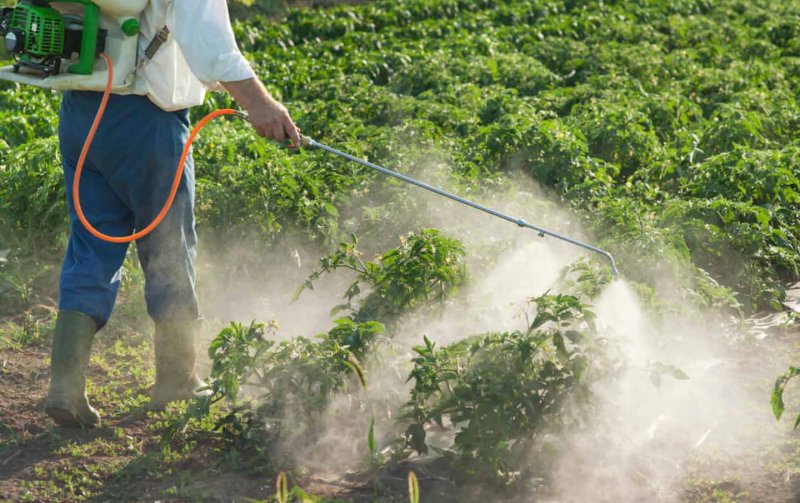The downsides of existing fungicides and pesticides are well-known: Residue from the sprays can build up in the environment and damage non-target organisms, while their overuse can lead to pests and weeds evolving resistance. [GreenLight Biosciences’ Mark] Singleton is working on a way around these problems. And his starting point is RNA: a molecule similar to DNA that is one of the fundamental building blocks of life.
Scientists soon realized that if you could introduce dsRNA into a pesky pathogen—a particularly irritating fungus, for example—you could instruct that pathogen’s cells to destroy its own mRNA and stop it from making crucial proteins. In essence, they could switch off genes within pathogens at will.
…
A handful of RNA sprays are already in the works. RNAissance Ag is working on a spray that targets the diamondback moth, which has an insatiable appetite for cabbages and has already evolved some resistance to common pesticides.
GreenLight Biosciences has an RNA spray targeting the Colorado potato beetle that’s currently being evaluated by the Environmental Protection Agency. The company is expecting a decision on that spray by the middle of 2022.































